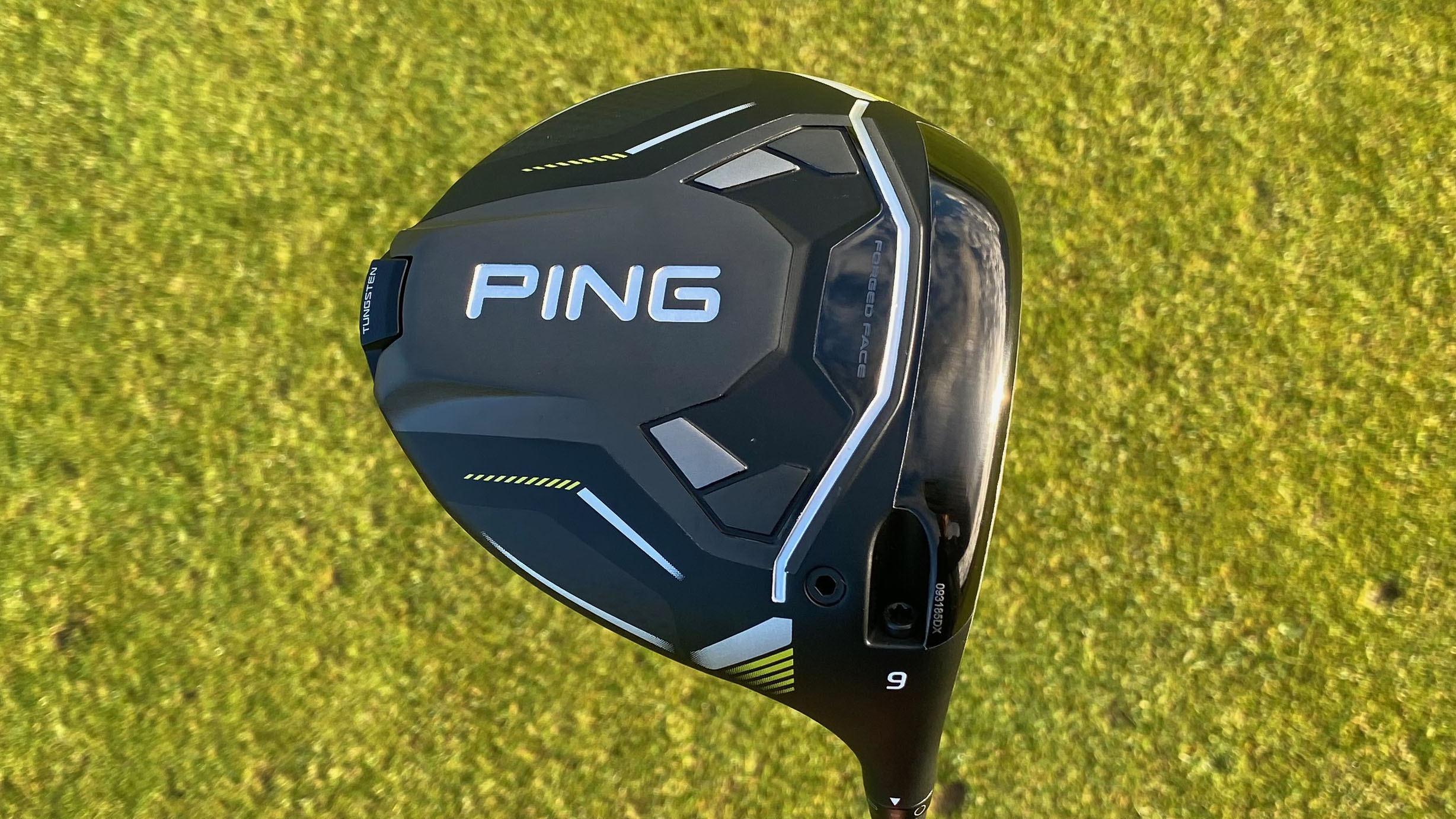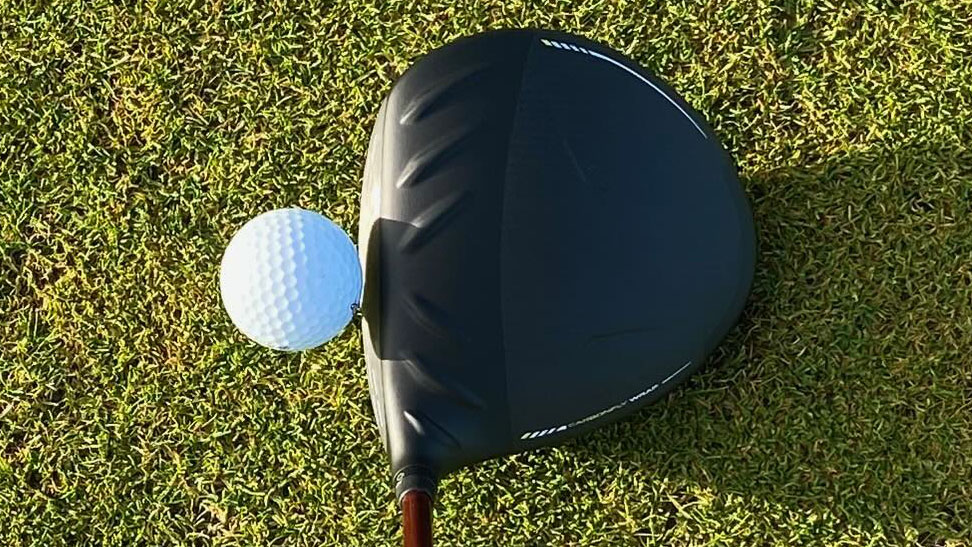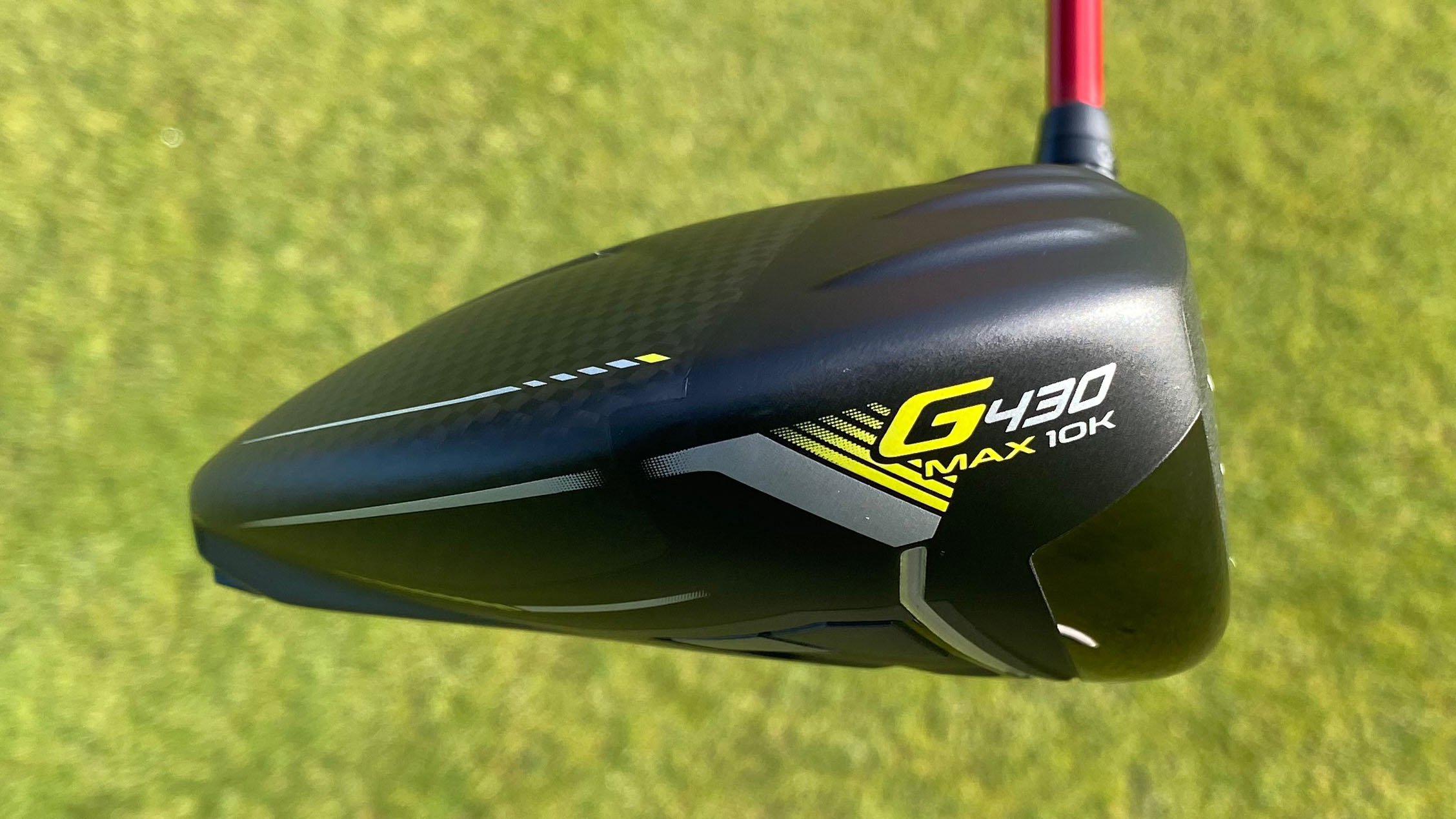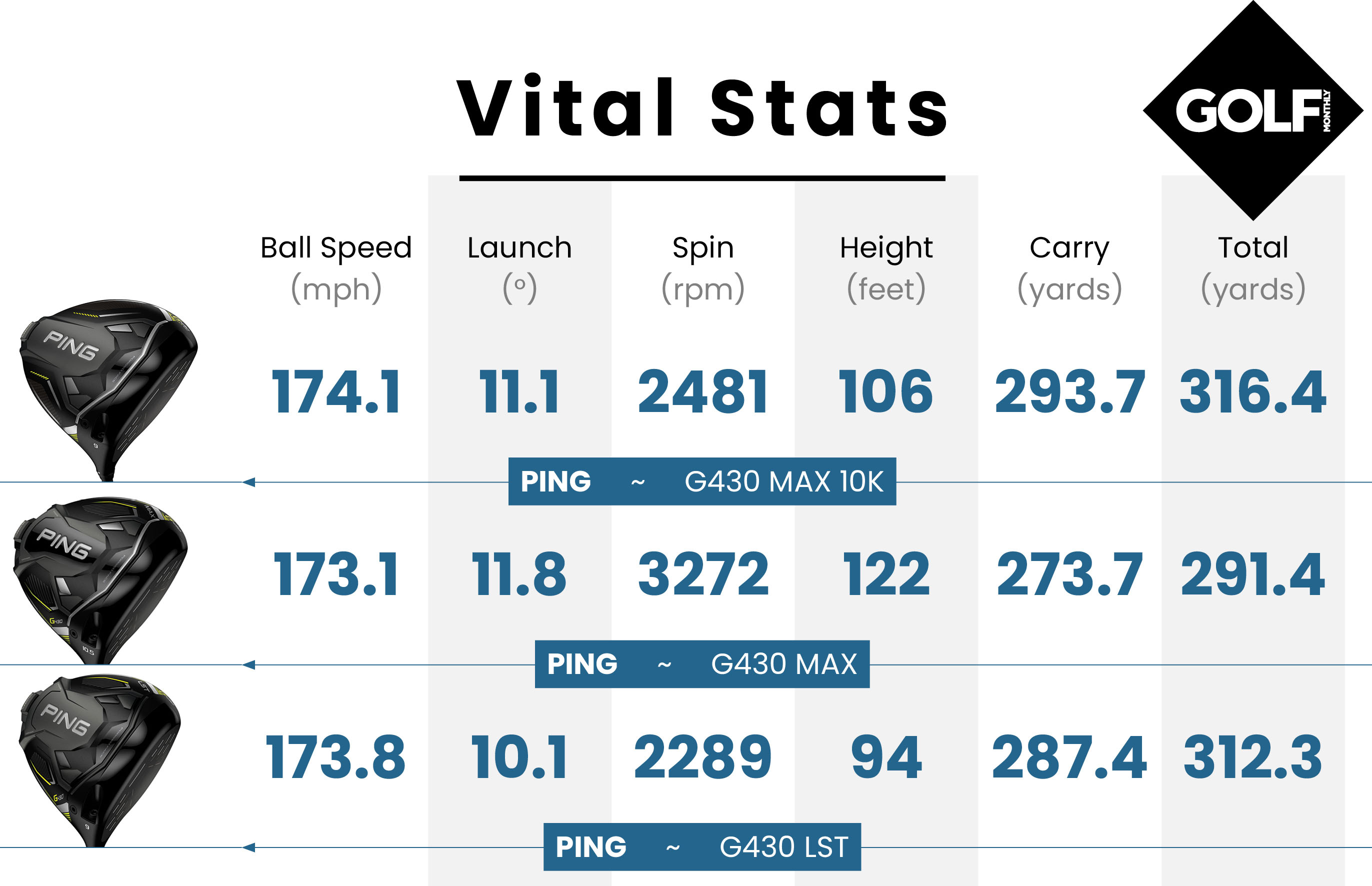
Ping has been producing some really solid drivers for a number of years now on a pretty consistent two year product cycle, so for this to be interrupted and a new model introduced, something special is likely to be on the cards.
WATCH: We test the new Ping G430 Max 10k driver and assess the performance
The model in question is the G430 Max 10k driver. Ping says the Max 10k is the straightest and highest MOI (moment of inertia) driver it has made to date, eclipsing the 10,000g-cm2 combined moment of inertia threshold first surpassed by the G400 Max five years ago. It features a significantly bigger footprint, a fixed back weight and a Carbonfly wrap on the crown.

The fixed back weight facilitates the high MOI as it drives mass down and away from the face to increase forgiveness and optimize the center of gravity position. This in turn lowers spin and Ping claims, ensures ball speed preservation across the clubface for added distance.
In terms of the look of the head, I was sold immediately. Whilst it is noticeably larger as a footprint than previous models, the proportions still felt right. The ball is framed well and the additional real estate really does inspire confidence. Other than the slight size and shape difference the aesthetic blends cohesively with the rest of the G430 family, which includes the G430 LST driver and G430 Max driver.

The real story of the G430 Max 10k driver is the phenomenal performance. I would argue that this is one of the few drivers in a world of bold marketing claims that has exceeded my expectations.
The stability and forgiveness of the head in isolation would be a hugely impressive feat, but to cultivate this while keeping the spin so low is genuinely remarkable.
The ball speed numbers are comparable to anything on the market and the spin output stands up against any of the best low-spin drivers. But the real story for me is how that low level of spin combines with potentially the most stable and forgiving driver head I have ever used.

My ball speed from mishits barely dropped more than 2mph, a trait the most forgiving drivers aim to offer, and in terms of dispersion, well, this was a whole new level for me. As someone not renowned for accuracy off the tee, looking at my groupings from a few long sessions of testing was beyond pleasing. I do feel there is a small draw bias in the head as my stock fade turned into laser like straight balls with little to no deviation, which will please a vast majority of golfers.
The sound of strike is another point of difference worth noting versus the rest of the G430 range. It is audibly louder and slightly more high pitched, arguably giving a livelier more powerful acoustic, but not to the overpowering level of the G425 driver range.

I really feel that this driver is going to appeal to just about every level of golfer. Cameron Champ and Tony Finau have both already gamed the G430 Max 10k driver in competition on the PGA Tour, but the playability will put this into the hands of much less proficient ball strikers. Those with slightly less speed may need to tweak their lofts up a little to increase hang time, but this small adjustment is well worth it for the stability and forgiveness the head provides.
Available in 9, 10.5 and 12 degree lofts, with Ping’s standard 1.5 degrees of adjustability, there is something for most players' delivery conditions.
There has been some excellent new product in the driver category this season already, including the TaylorMade Qi10 and Callaway Ai Smoke Max, but the G430 Max 10k driver may just be the standout among the very best golf drivers. Creating high MOI is relatively straightforward from an engineering perspective, but to do so while managing spin so well is truly impressive.
With an RRP of $650, it is a little pricier than some of its competitors, but in my opinion at least, it goes at long way to justifying the price tag.







